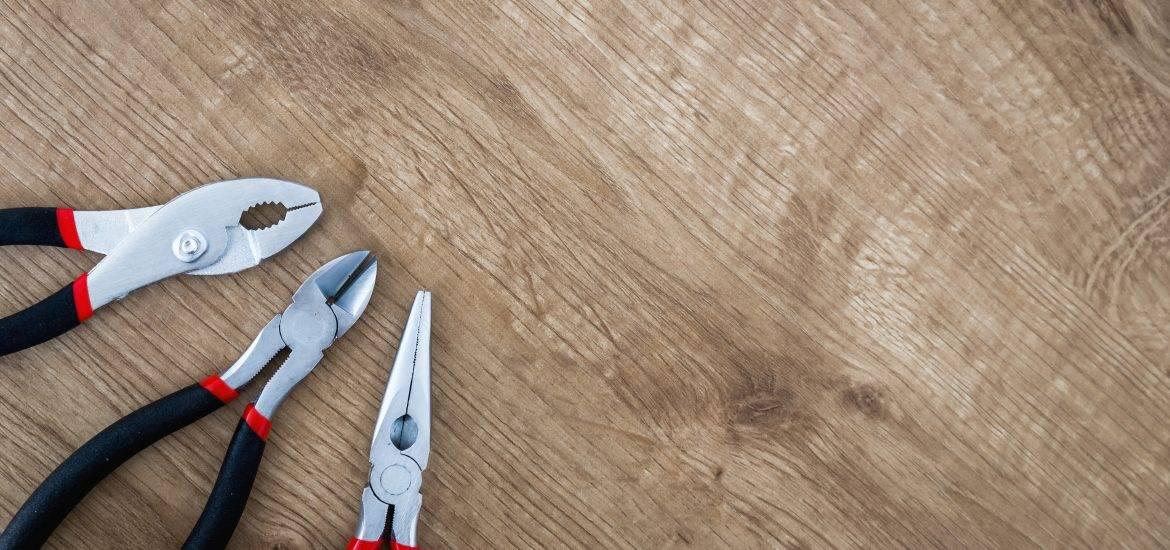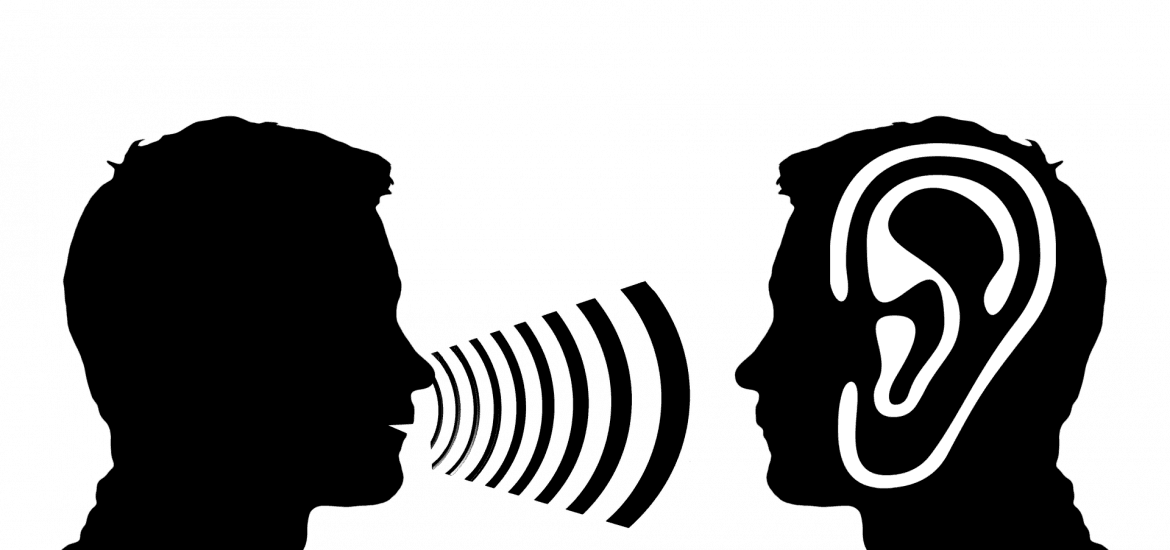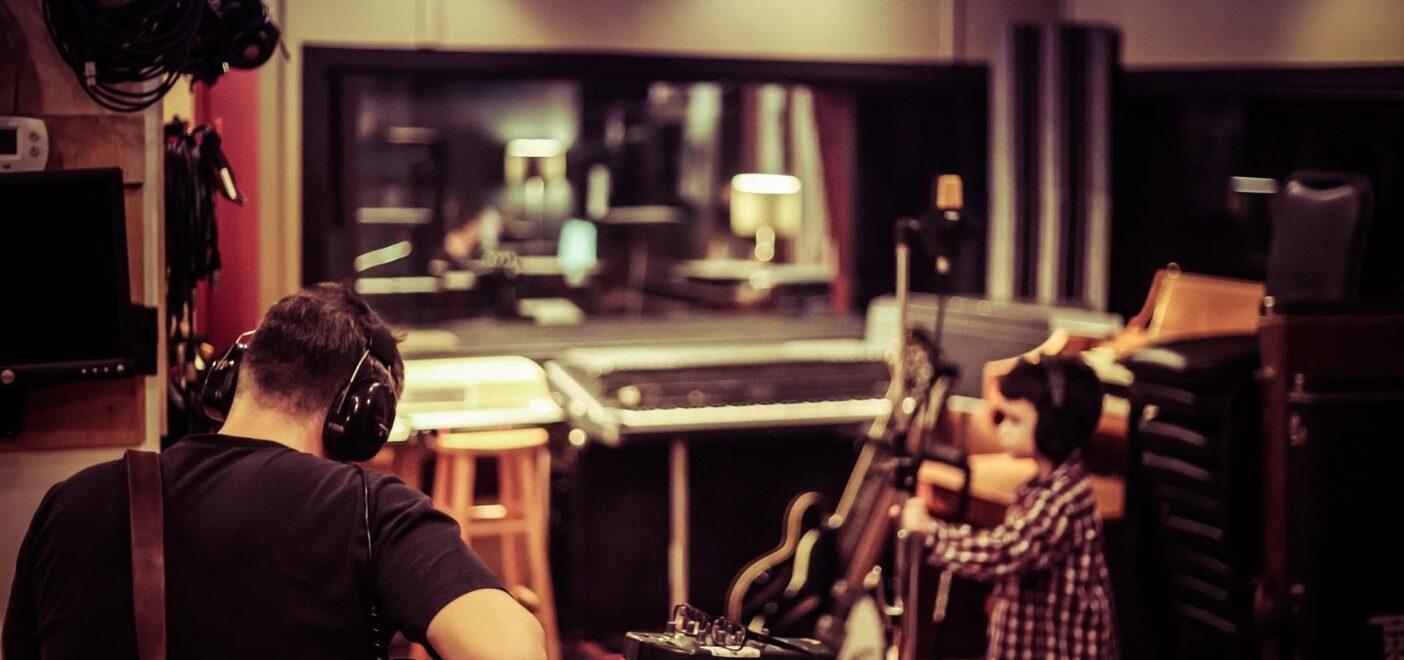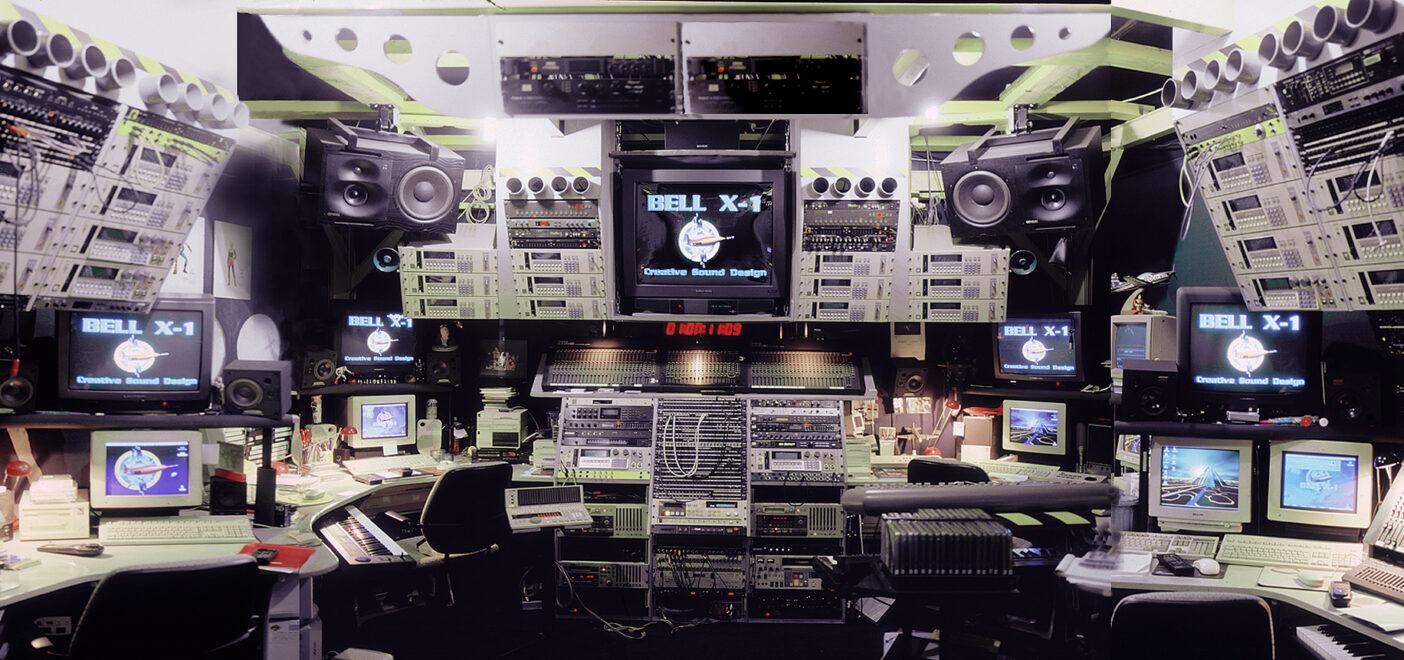If you listen to enough music from different eras, you’ll begin to notice some major differences in production and sound quality. For the most part, modern songs tend to sound a lot cleaner, deeper, tighter, and even mechanical in their precision. On the other hand, the albums produced in the golden age of rock often sound a bit messy, gritty, and improvisational; it’s almost as if fixing a recording after the fact was sacrilege. Of course, several factors play into this disparity between older and newer music, such as genre, existing production trends, and artistic license. But more than anything else, technological advancements have played the biggest role in transforming how songs are produced today.
Recording technology has come a long way since the phonograph and 8-track. In those days, recording mistakes were either left in, or a whole new take was necessary. There was only so much producers could do to fix a recording, no matter how minor the error. Today, digital audio workstations (DAWs) have made it possible to alter and perfect nearly every aspect of a recording (if the producer has the knowledge and skills). This is partially why modern music sounds so squeaky clean. The phrase “fix it in the mix” has even become somewhat of a meme. Still, fixing a recording in the mix isn’t always the best option, or even possible. Let’s go over some of the scenarios in which you can or cannot fix a recording in the mix.
Fixing a Recording in the Mix: When You Can and Should Do It
Any professional audio engineer knows that the best mixes begin with the best recordings. Plus, a clean take means less time spent editing and comping. Still, no one can pull off a perfect performance all the time. Little mistakes will crop up here and there and may require some fixing. Its always better to avoid these mistakes, so we’ve created a glossary on Audio Recording Terms to help you. So, lets get into it, here are a few minor fixes you can make after recording is done.

Minor Timing Tweaks
Obviously, if a drum or bass track isn’t remotely in sync with the metronome, you’ll have to record another take. But a brief skip or slow down can usually be fixed with careful editing. Most DAWs even feature an automatic snap-to-click algorithm that will lock transients to the nearest beat. However, many producers prefer to make manual timing edits to maintain any intentional grooves or flourishes. If a vocal line or guitar strum is a bit too short or long, you can even stretch or shrink the waveform to stop at the right time. This time-stretching might require an external plugin or dedicated audio editing software.
It’s worth noting that correcting timing for drums poses some additional challenges. Wheres bass, vocals, and guitars are recorded individually, drums are often recorded all at once. Each drum mic will pick up some of the sound from other drums and cymbals. So, shifting a snare or kick might create some new problems in the drum track. In most cases, however, these problems can be avoided with proper EQ techniques, comping, and grouping.
Correcting Pitch in Some Places
As with timing, fixing a recording’s pitch in the mix is completely doable in certain cases. If a performance is just slightly sharp or flat, most DAWs can remedy this with their built-in pitch correction program. Fixing pitch is most easily done for single notes. For instance, adjusting a single bass or guitar note will sound seamless in most cases, especially if they resonate well. If a guitar chord is off, however, it’s best to re-record it, because pitch correction software will have trouble identifying a single wrong note within the chord.
Most producers use pitch correction as a vocal recording technique to smooth out vocal takes. While this occurs often in modern music production, fixing vocal pitch usually requires a bit more effort than fixing other instruments’ notes. This has to do with how the human voice produces sound and maintaining that unique quality while also correcting the note.

Cutting Out Unwanted Noise
Proper studio soundproofing is essential for a professional recording environment. But no matter how well you soundproof a room, little unwanted sounds can still enter a recording. Faulty audio cables can introduce a lot of noise, for instance. And if there’s too much noise, you’ll have to regroup and record a cleaner take. However, minor background hisses and hums produced by power sources can often be removed or reduced to the point of virtual silence. Audio editors, noise gating plugins, and high-end plugins like Waves’ X-Noise all offer options for effective noise removal. Other unwanted sounds might exist in the performance itself, such as harsh sibilance (“S” sounds) in vocal takes. These can be easily mitigated using a de-esser plugin.
When Fixing a Recording in the Mix is Impossible or Not Worth It
Bad recordings simply can’t get fixed in the mix. In these situations, it would take you more time and effort to make adjustments in the DAW than it would to simply record the track again. Plus, the results might not even sound all that great.
Poor Performance Overall
Simply put, if the performance isn’t good, no amount of mixing, editing, or polishing will make it better. On the other hand, a good performance can be enhanced using effects and clever editing. But it all starts with a good take.
Out-of-Tune Instruments
It seems obvious, but if your instruments aren’t in tune, you’re better off tuning up and tracking again. Sure, you could raise or lower the pitch of the entire track, but this will probably sound noticeable and off-putting. Plus, if only one or two strings are out of tune, it would take an inordinate amount of time to manually correct each note that’s off. When recording, make sure to re-tune every so often so you don’t accidentally run into this problem.
Improper Recording Environment or Equipment
If you’re using cheap, faulty gear, or you’re recording in a loud, overly-reflective room, your recordings are bound to sound messy. While implementing noise gates and mixing with EQ might help a little bit, nothing will ultimately salvage the sound. Invest in good instruments, reliable hardware, and a proper environment before recording. Otherwise, you’ll waste a lot of time trying to fix what can’t be fixed.
Clipping and Distortion
Signals that come in too hot can’t be magically repaired either. Well, for the most part. High-end audio editors, algorithms, and clever techniques can restore clipped audio in specific circumstances. For the most part, however, clipping is a one-way street. Once the signal goes beyond output capacity, the waveform is forcibly truncated. Unless you have the gear, the patience, and the experience, your only option is to lower the signal so you have enough headroom and record again.
Conclusion

When someone claims that fixing a recording in the mix is impossible, they’re not being completely honest. Sure, plenty of things can’t get fixed in the mix, and no one should rely too heavily on mixing magic. Doing so results in complacent, lazy recordings, and ultimately makes for more work in post. Still, modern technology makes it possible to tweak minor recording flaws here and there. As long as you know which moves to make and how to make them, fixing a recording in the mix isn’t just possible, but a significant aspect of modern music production.
If you enjoyed this article, check out Mixing While Recording for more tips and tricks!
À propos de l'auteur

Ethan Keeley
Rédacteur, chanteur, musicien et monteur audioEthan Keeley est un musicien, un doubleur et un écrivain de Rochester, dans l'État de New York. Lorsqu'il n'est pas en tournée avec son groupe Unwill, il travaille sur de nouvelles chansons et histoires.
Commentaires
love ths app
Laisse un commentaire
Connecte-toi pour commenter.


